Life in distant times can seem somehow a little less real than ours. So when we think about Ancient Egypt, for example, we remember the great pyramids and pharaohs but we don’t know much about the way people actually lived there. However, their lives were just as full as ours: they played sports and board games and had housewarming parties.
We at Bright Side decided to look more into the daily lives of people from different time periods and compared some of the things they used with their modern-day analogs.
1. Toilet paper
In the West, toilet paper became commercially available only in the middle of the nineteenth century. Long before that, in prehistoric times, people were using various natural materials, like moss, seashells, or animal fur for wiping. In Ancient Rome, people opted for a sponge on a stick that was (if it wasn’t already bad enough), communal. Something to keep in mind if you’re planning to time-travel, for sure!
2. Leather shoes
Shoes became a necessity a long time ago as people had to protect their feet. The first ones were made of materials that were easy to find, like bark, leaves, and so on, but few of those managed to survive in their original form. Later, people started using more advanced materials, like leather. The oldest known leather shoe is about 5,500 years old.
3. Eyeliner
The idea of emphasizing the eyes is not at all new: people of Ancient Egypt were using this makeup technique thousands of years ago. Both men and women were using kohl around their eyes, not only for beauty purposes but also to protect themselves from the sun. People back then had a surprisingly large arsenal of cosmetics made of soot, galena, burnt almonds, malachite, chrysocolla, and more.
4. Belt buckle
Belt buckles have changed a lot since they first appeared. In the past, their purpose was decorative to a much greater degree than it is now. Metalsmiths and jewelers did their best to make sure the designs were intricate, often using precious metals and real gems. The Qing buckle in the photo, for example, was made of jade.
5. Feeding bottles
Feeding bottles were used in different parts of the world and had properties depending on the time period. Some of them were made of metal, and others, of glass. The ring-shaped feeding bottle in the picture was used in the eighteenth and nineteenth centuries in Japan, and it was made of porcelain.
6. Hand mirror
Silvered-glass mirrors as we know them now were invented in Germany not too long ago, back in 1835. However, it doesn’t mean that people from Ancient Egypt had no way of knowing if their eyeliner was on point — they had mirrors made of bronze. Even before that, about 8,000 years ago, people in Anatolia (modern-day Turkey) were using mirrors made from ground and polished obsidian (volcanic glass).
7. City clocks
Today, it’s very difficult to imagine our lives without watches and clocks, but in ancient times, people had to use sundials, water clocks, and other tools. The first mechanical clock was invented in the thirteenth century. Those were elaborate and expensive, and some (like the Exeter Cathedral astronomical clock in the photo) showed not only time but also the day of the lunar month and the phase of the moon.
8. Hair comb
Hair combs were used in different civilizations with similar purposes as today: to keep long hair smooth and in place as well as decorate it. One more essential function of hair combs of the past is not at all common right now thanks to modern hygiene — they were used for catching lice.
9. Toothbrush
People figured out the importance of oral hygiene quite a long time ago. The first measures for having clean teeth included chewing special plants and using various toothpicks. Then (about 1,500 years ago) the miswak was invented, which was a special oral hygiene accessory made from the Salvadora persica tree. Some people still use it today instead of a more traditional toothbrush.
10. Enema syringe
Enema syringes were used more frequently in medicine in the past to introduce medication into the body before hypodermic syringes were invented. Later, another type of these syringes appeared. They were made of metal and had pistons and reservoirs. Both of them look nothing like what we’re used to now: a rubber bulb and a piece of plastic tubing.
11. Pillow
Instead of the soft cozy pillows we’re used to today, people in Ancient Egypt and some other civilizations were sleeping on special wooden, ceramic, or stone headrests. This wasn’t as impractical as it might seem at first. It helped the person to cool down in a hot climate, kept the intricate hairstyle intact, and prevented insect infestations — all for the low price of very probable neck pain.
In your opinion, which of the things we use today will change the most in the future?
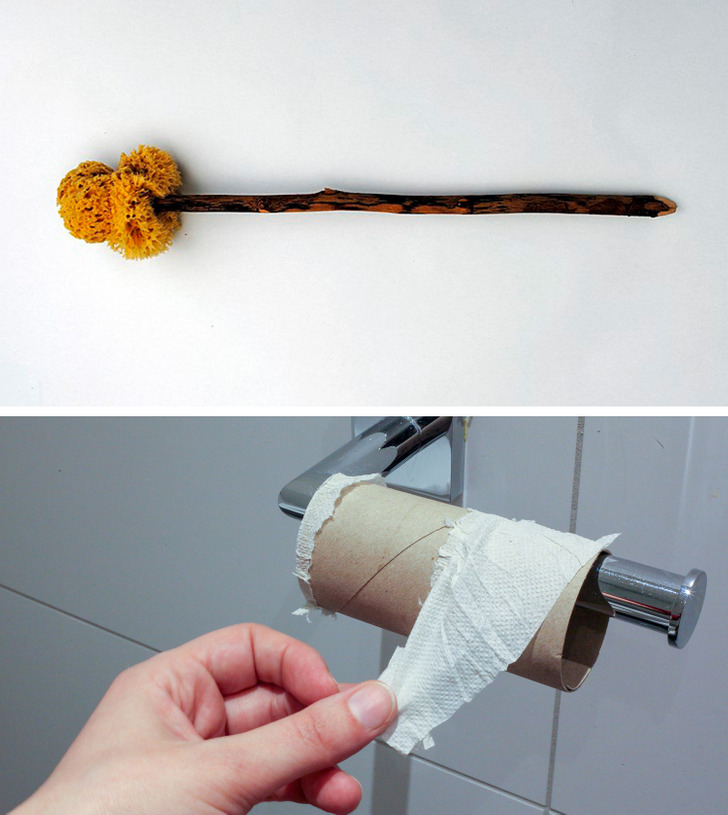
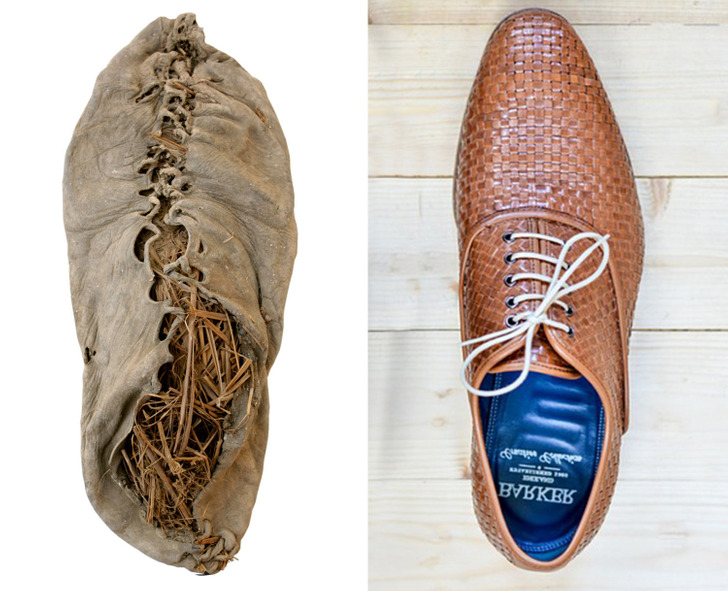
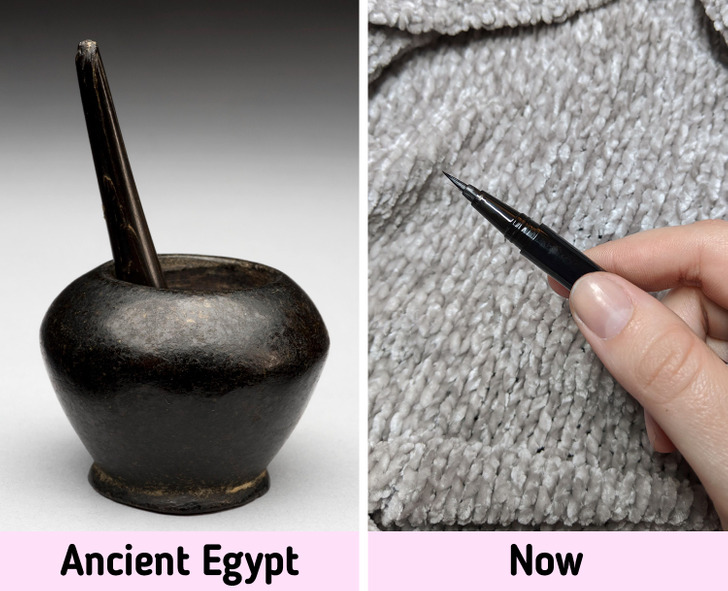
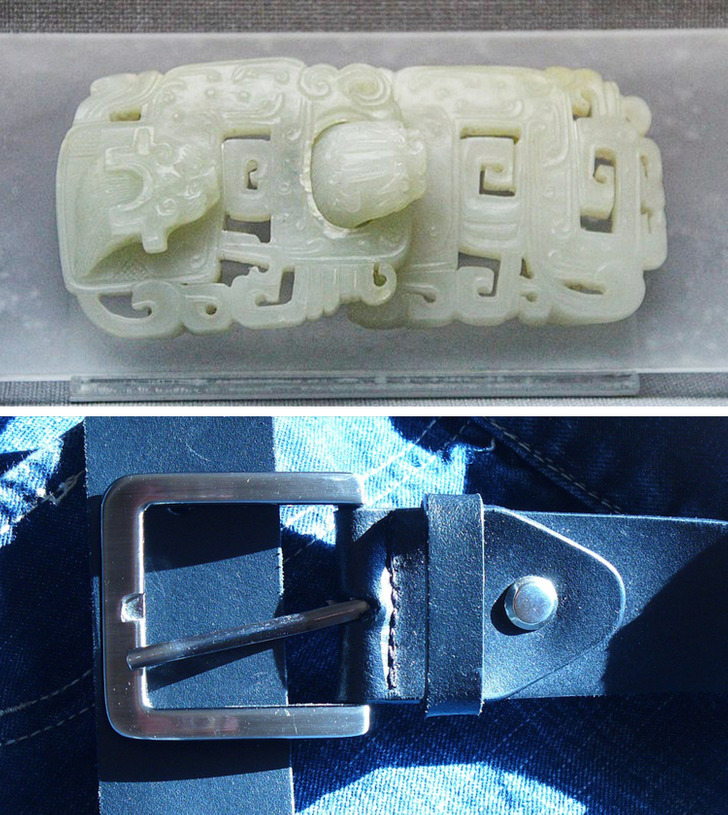
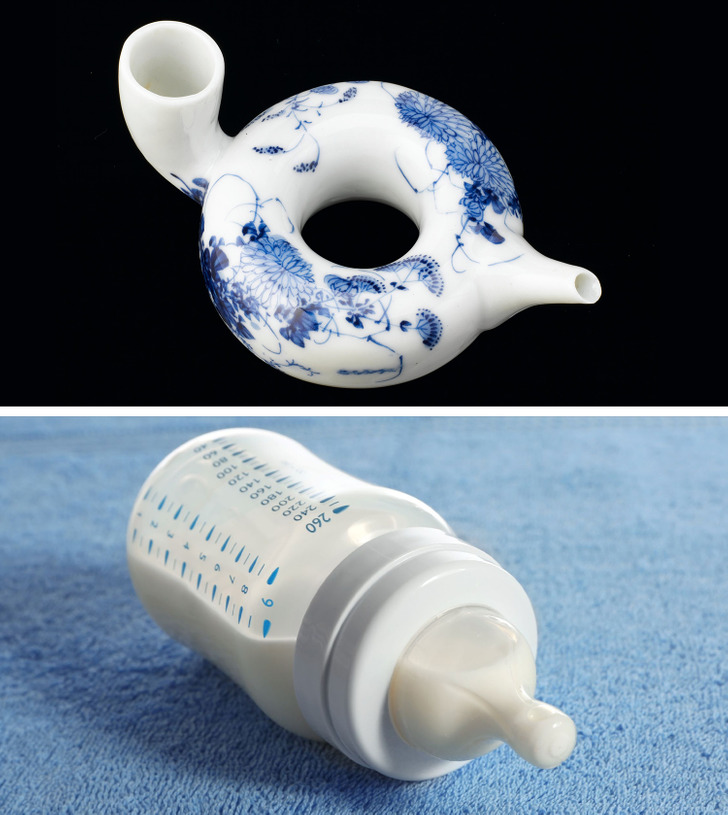
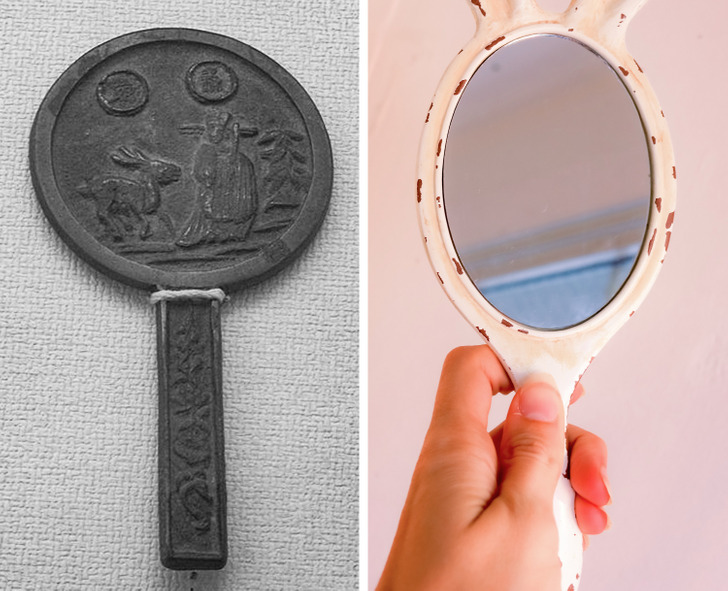
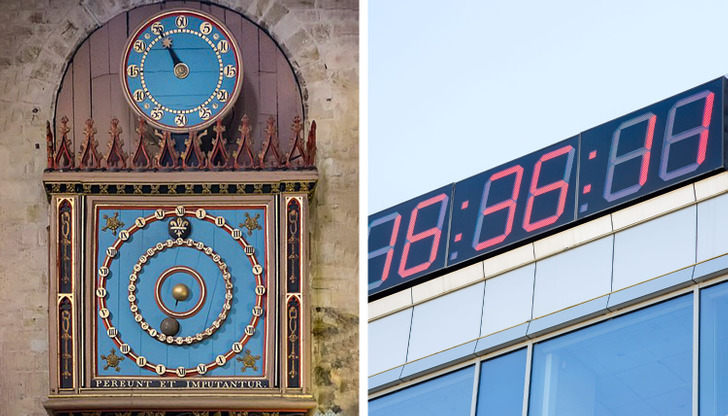
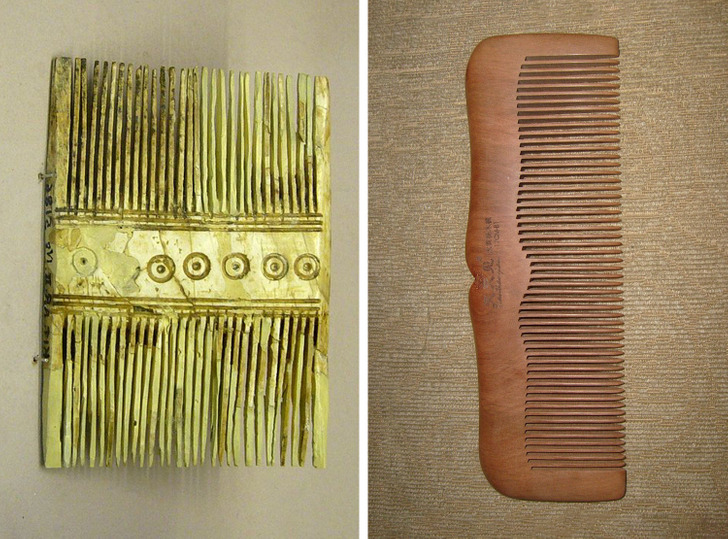
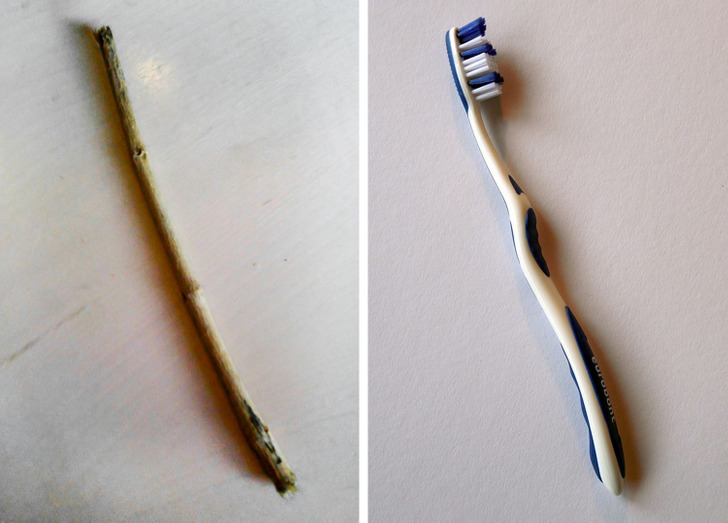
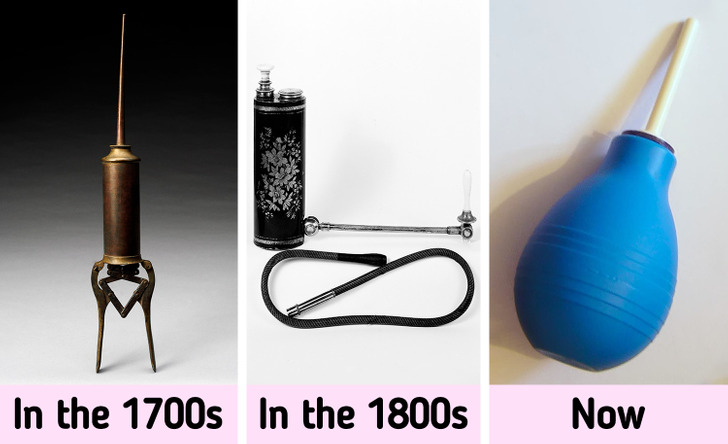
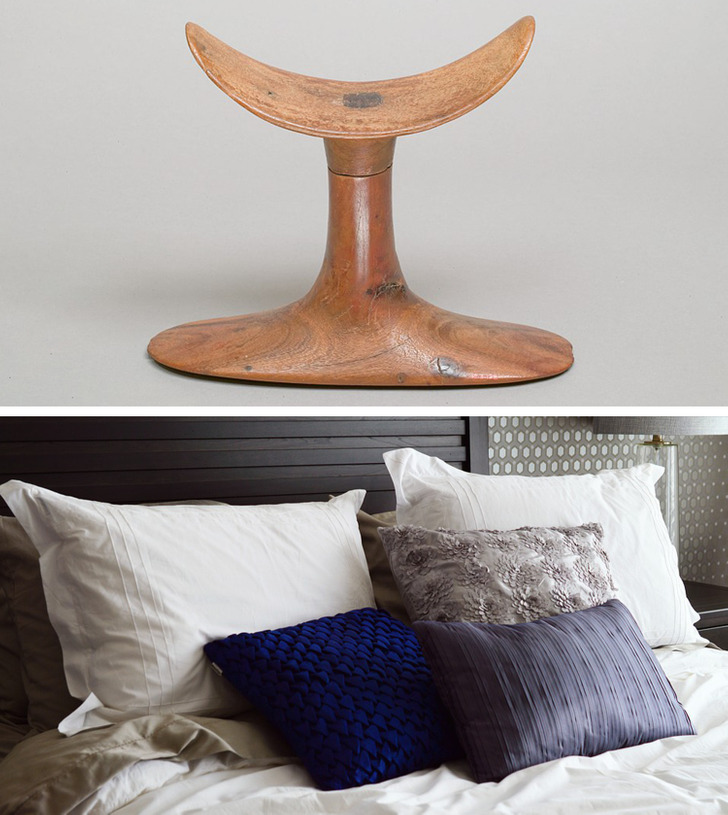
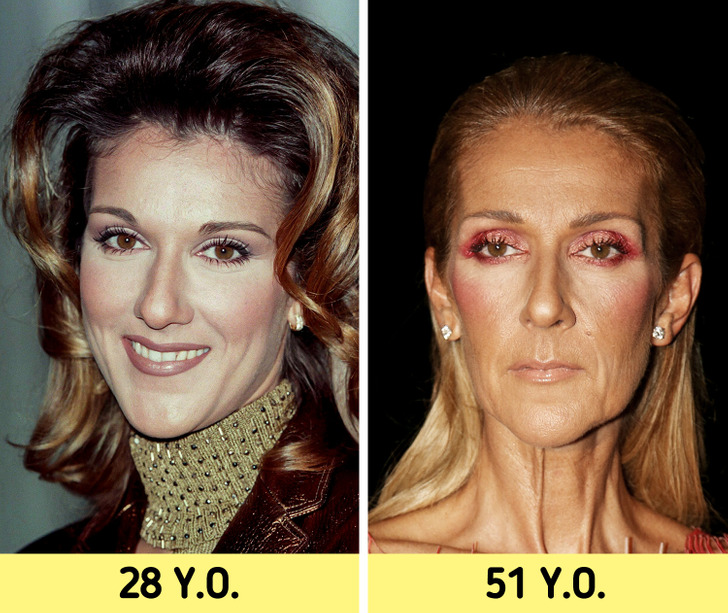

0 comments:
Post a Comment